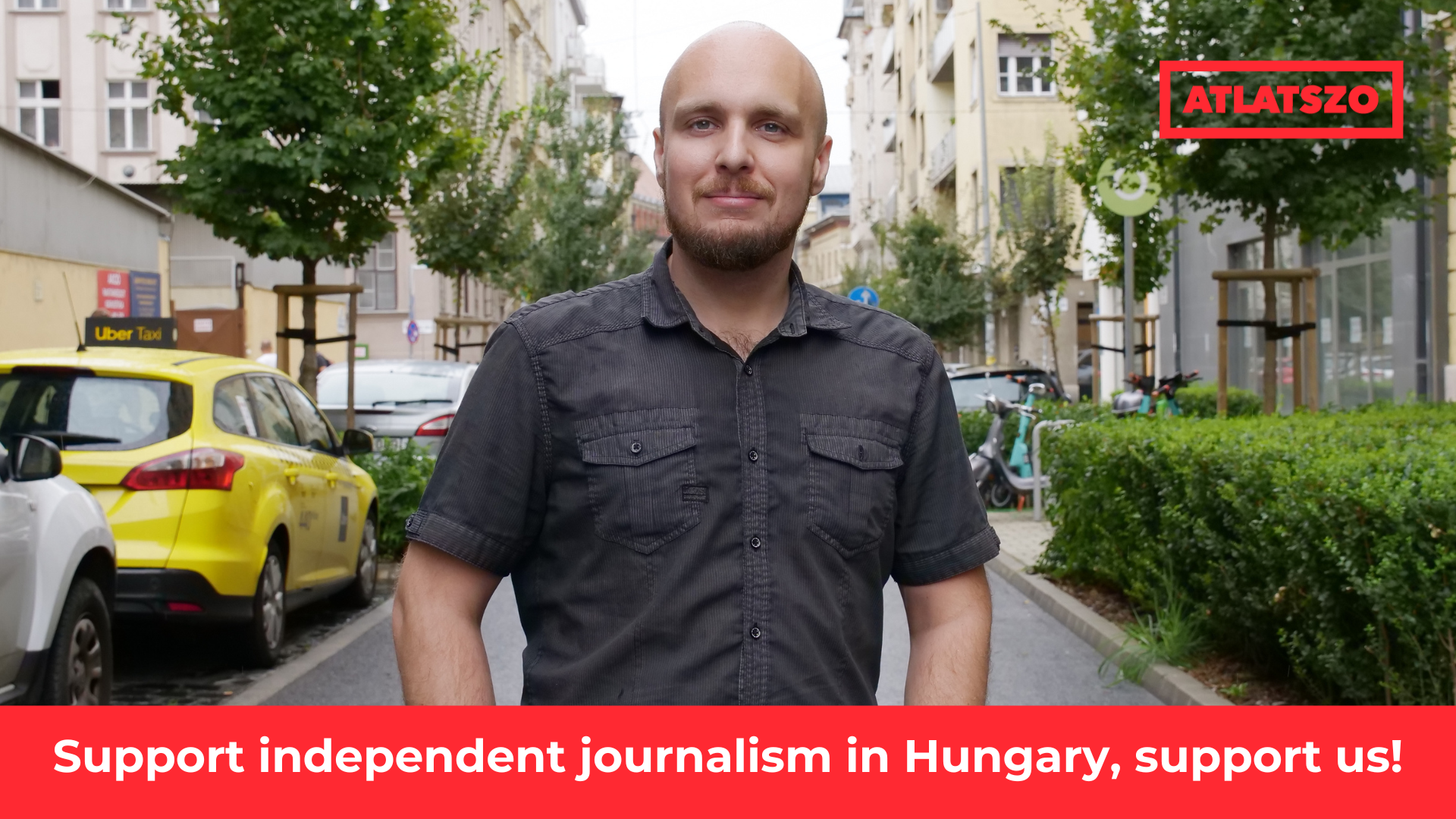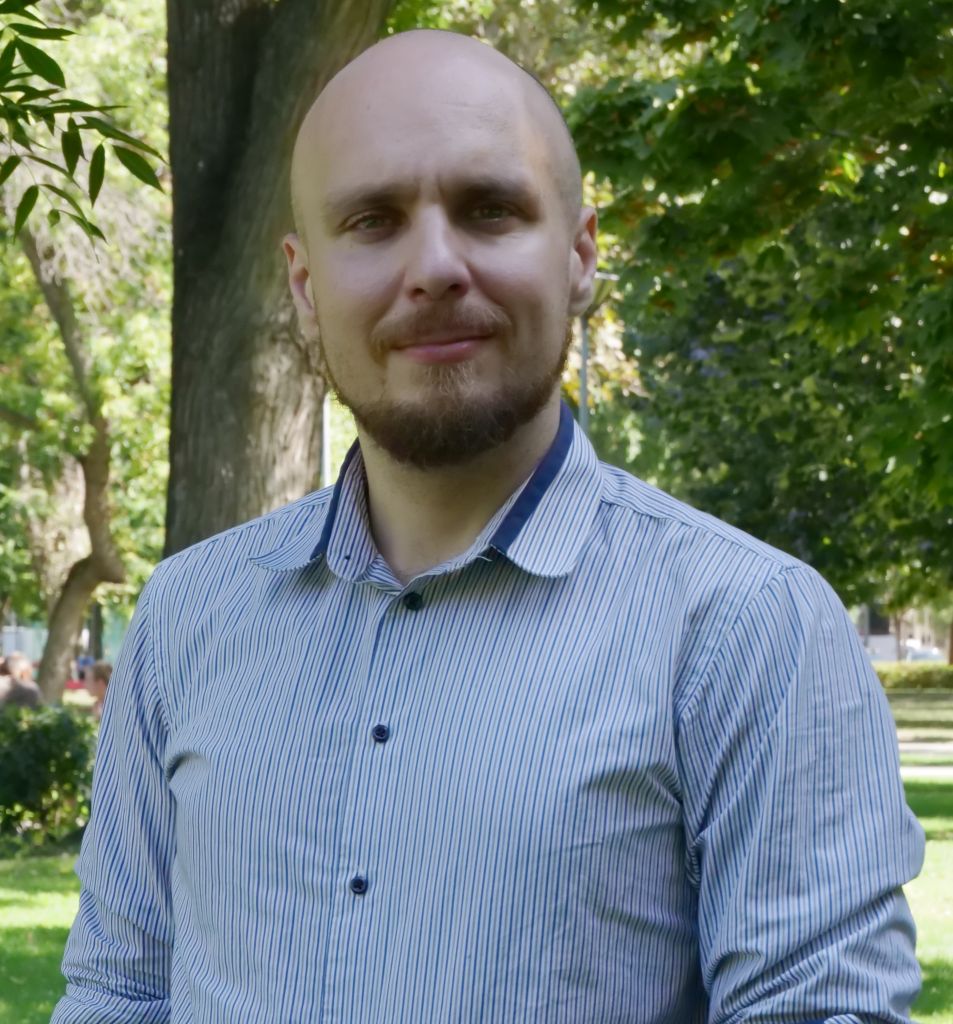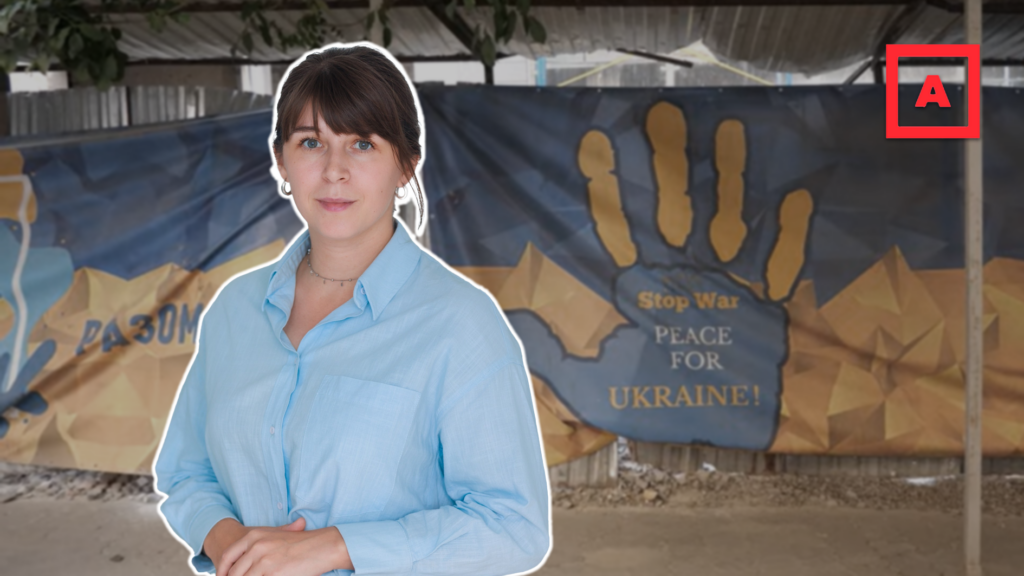The https://english.atlatszo.hu use cookies to track and profile customers such as action tags and pixel tracking on our website to assist our marketing. On our website we use technical, analytical, marketing and preference cookies. These are necessary for our site to work properly and to give us inforamation about how our site is used. See Cookies Policy
Propaganda cannot destabilize a region, but damages the reputation of Hungarians
“It’s not enough to just respond to disinformation. What is needed is that we promote our own narrative to people, to immunize them against fake news,” said Rozana Tuzsanszka, co-founder of Varosh, a regional news site in the Transcarpathia Oblast, Western Ukraine. We interviewed her about Russian disinformation affecting the multi-ethnic region, the region’s general media environment, and the need for Ukrainians to know Hungarians better.
In July, a video circulated on Russian and Polish-language social media channels, in which four masked men, claiming to be members of the ethnic Hungarian majority in Transcarpathia, sat in front of a Hungarian flag, with Molotov cocktails on the table, calling for attacks against recruitment offices and the secession of Transcarpathia from Ukraine. Not a single Hungarian word is spoken in the video; throughout the piece, the speakers use Ukrainian with a Russian accent.

The video is part of a pattern of Russian psychological operations trying to increase ethnic tensions.
Before the 2022 full-scale invasion, an arson attack against the headquarters of the Transcarpathian Hungarian Cultural Association made international news – the perpetrators were later revealed to be pro-Russian Polish nationals. During the war, an online campaign promoted a so-called “Hungarian legion” fighting on Russia’s side. To date, no evidence has emerged that such a unit exists anywhere outside social media.
According to Rozana Tuzsanszka, co-founder and director of Varosh, these operations have little effect in the multi-ethnic Transcarpathia region, but they may not be their target.
“Here in Transcarpathia, Russian attempts at destabilization are not working; they haven’t managed to enflame ethnic tensions. But such actions influence how Hungarians are perceived in other parts of Ukraine,” Tuzsanszka told Átlátszó. “Some of my Ukrainian colleagues in Kyiv and Kharkiv believed this video was authentic. When I explained to them that it is a Russian forgery, they replied that they could imagine Hungarians doing something like that. Ukraine is a large country; people in remote regions know little about other parts of it. Transcarpathians are also not very familiar, for example, with Sumy. I, too, am of half Hungarian descent, and I had to explain that Hungarians here are not some kind of invaders, but have been living here for centuries.”
After the Rusyn experiment, Hungarians became the target
Varosh magazine was founded by Tuzsanszka together with her husband, before the Maidan protests, not long after they had moved from Kyiv back to Uzhhorod.
“When we started, there were hardly any independent newspapers or magazines in Transcarpathia; most people relied on media tied to oligarchs or political parties, or on state media – it was a real media desert,”
she said. Originally, their aim was not to launch a politically themed outlet, but rather one about culture and local everyday life. However, when Maidan began, it became unavoidable to report on politics. “Even now I don’t consider Varosh to be a truly political outlet, but we are always part of history, and often politics cannot be avoided,” she said.
Today, about 80% of the content is connected to the war.
Many articles are about veterans, internally displaced persons, soldiers.
Transcarpathia’s multiethnic character has also come into the crosshairs of politics. Russian propaganda has long engaged with the region. Until 2014, the main aim of Russian campaigns about Transcarpathia was the revival of Rusyn separatism, with little success (Rusyns, also known as Carpatho-Rusyns are a majority Eastern Catholic ethnic group living mostly in an around Transcarpathia). Up to that time, Russian sources floated the vision of a Rusyn Transcarpathia seceding from Ukraine and joining Russia as an exclave. Since 2014, the narrative has changed, and Hungarians have become the focus of destabilization efforts.
Even before the war, Varosh had exposed five Russian-backed disinformation campaigns about Ukrainian-Hungarian relations. These included a video linked to the Russian-funded outlet NewsFront allegedly showing Ukrainian nationalists threatening Hungarians. At the time, this video was widely circulated as genuine throughout the media in Hungary. Simultaneously, Russian channels spread messages aimed at Ukrainians claiming that Hungary was preparing military action to attack and annex Transcarpathia.
Is the media desert returning?
“It’s not enough if we only react to disinformation and always debunk the latest fake news. We need to promote our own narrative to people, to immunize them against fake news. In this case, for example, by having Ukrainians get to know Hungarians better,” said Tuzsanszka.
Varosh was a partner of the „Neighbors” festival, which screened films from neighboring countries. As part of this, they organized a talk with Hungarian defense analyst András Rácz. Varosh also published an open letter in which Hungarian public figures protested against “the increasingly shameful anti-Ukraine propaganda of the Orbán government.”
Tuzsanszka also said that currently in Transcarpathia, the situation is similar to when Varosh launched: very few independent media outlets remain because of the war. Last year, Ukrainian journalists from various regions told Átlátszó that at the outbreak of war several hundred media outlets closed, particularly regional television and radio stations. Most often, they were not closed due to direct threats to their safety but due to companies leaving Ukraine, leading to the collapse of the advertising market.
“The war did not threaten Varosh that directly. From 2019 on, we operated largely on international civil grants; 85–95% of our costs were covered from such sources. We are part of the regional civil ecosystem through the Central European Strategic Institute. This year, however, we completely transformed our operating model: we now rely less on international donors, and more on local advertisers, subscribers, and offers from small businesses,” said Tuzsanszka.
She added that the termination of USAID affected them negatively: although they had not directly received U.S. support in recent years, many European (Dutch, German, Czech) civil organizations that had supported them also partially redistributed USAID funds. “Other Ukrainian news outlets are more directly affected by the termination of USAID. They supported teams reporting directly from the frontline with such funds.”
According to Tuzsanszka, today it is difficult for media in Ukraine to find donors, because those willing to donate tend to prefer supporting the military.
“We also say: if you must decide between donating to the soldiers or to the media, give to the soldiers; if you can support multiple causes, still give to the soldiers, and whatever remains, give to the media. We also encourage this, which is why we also run fundraising campaigns for units or for groups like the ‘Come Back Alive’ foundation.”
Written and translated by Zalán Zubor. The original Hungarian article can be found here. Cover image: montage by Átlátszó using a photo by Dénes Balogh and Varosh.


